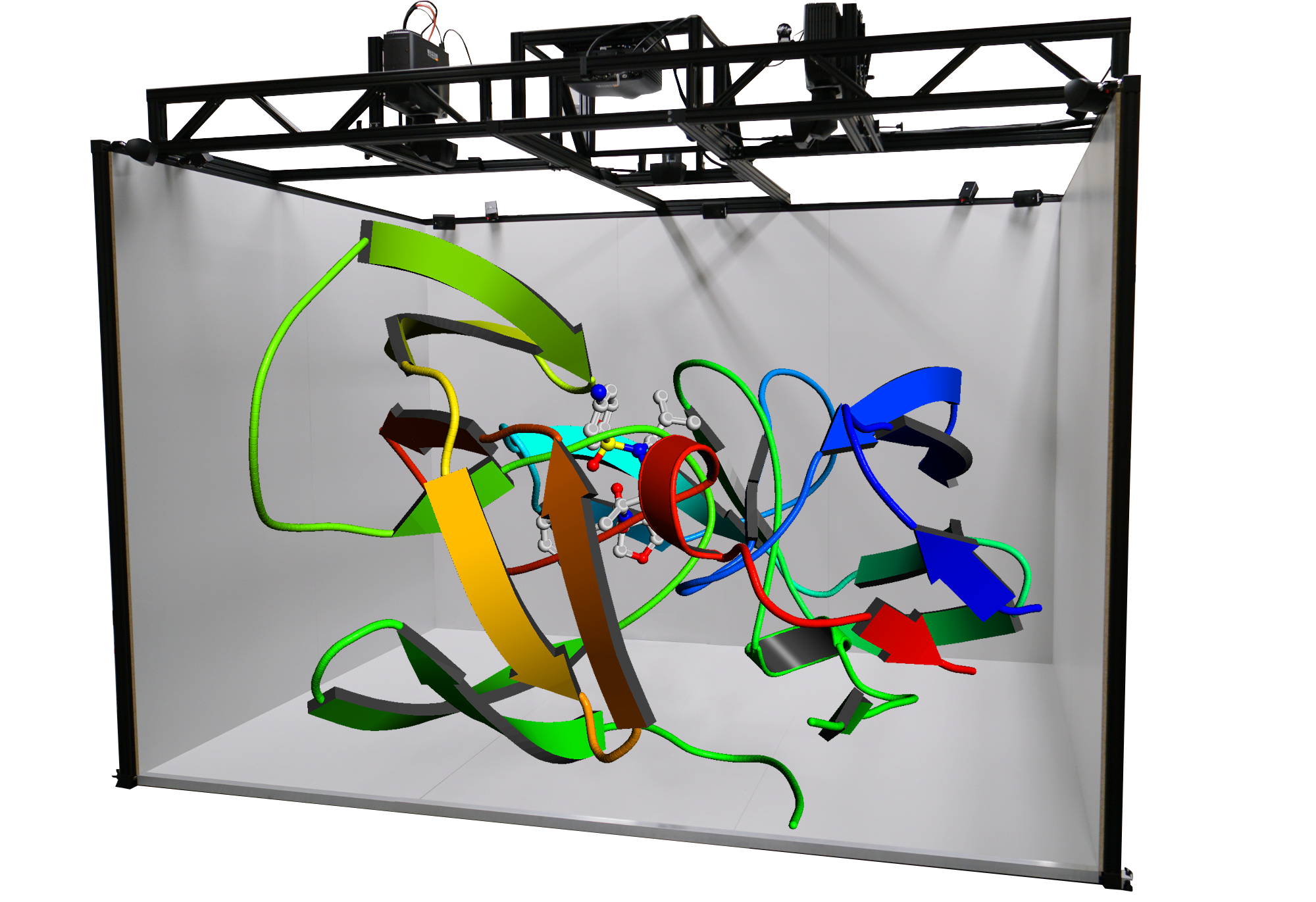From Theory to Immersion: VR and AR Redefine Scientific Research and Simulation
Scientific discovery is driven by data, but understanding complex systems often requires more than just numbers on a screen. Virtual Reality (VR) in Science and Augmented Reality (AR) bridge the gap between abstract theories and real-world understanding by enabling an interactive, immersive experience.
With VR simulations, scientists can visualize microscopic structures, simulate large-scale physical phenomena, and explore complex processes in real time. This means faster insights, better accuracy, and improved collaboration.
Here are some real examples:
VR in Molecular and Medical Research
Medical researchers typically rely on textbooks and 2D imaging to understand the human body. But with VR-based anatomy simulations, they can explore 3D models of organs, nerves, and blood vessels at a lifelike scale. Similarly, pharmaceutical researchers use VR molecular modeling to simulate how drugs bind to proteins, accelerating drug discovery and development. This reduces costs, increases efficiency, and allows for faster breakthroughs in medicine.

VR in Advanced Engineering & Physics Simulations
Fields like fluid dynamics, quantum mechanics, and astrophysics require complex simulations that are difficult to interpret through traditional means. With VR-enabled physics simulations, scientists can step inside their equations, manipulate variables in real time, and observe results from new perspectives. For instance, NASA engineers use virtual reality in scientific research to simulate spacecraft docking procedures before real-life execution. Particle physicists use VR to analyze subatomic interactions at CERN. This level of immersion enhances accuracy and reduces costly trial-and-error experiments.
Collaborative Science Without Limits through VR
Scientific research is rarely done in isolation. Teams across different locations need to share data, discuss findings, and interact with complex 3D models. With VR-powered research environments, scientists from around the world can collaborate as if they were in the same lab, examining 3D data in shared virtual workspaces. This makes immersive science simulations not just possible but practical for cutting-edge discoveries.

Step Into the Future of Scientific Discovery
Virtual Reality in Science and AR are not just tools; they are game-changers in scientific research and simulation. Whether it’s biomedical research, aerospace engineering, or fundamental physics, these technologies offer an unparalleled level of interaction, precision, and collaboration. more3D is your partner to take this next level of VR simulations and scientific research to new heights. Are you ready to explore it?
